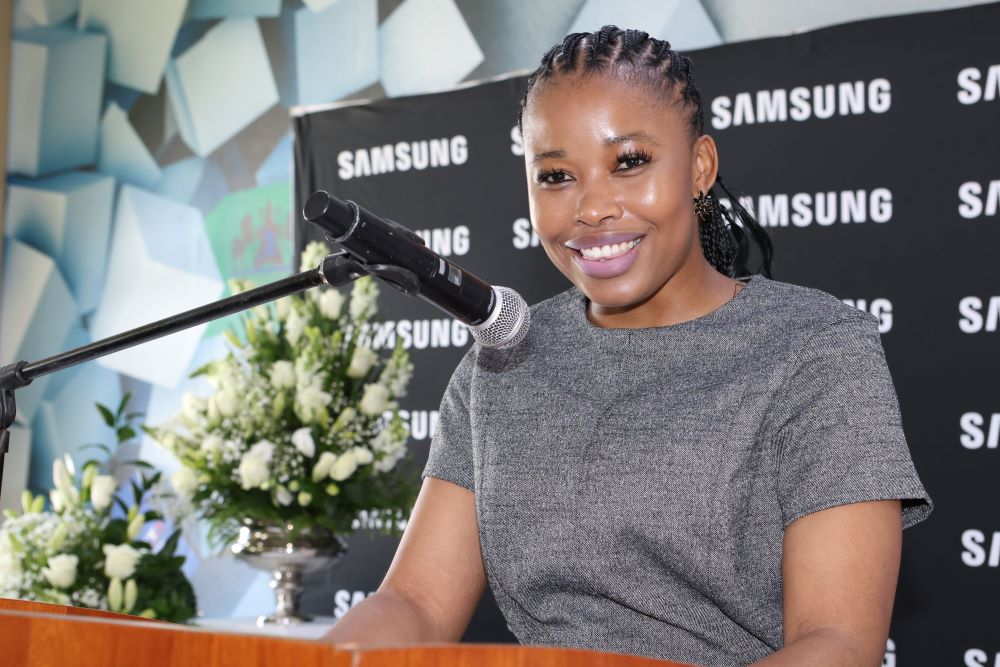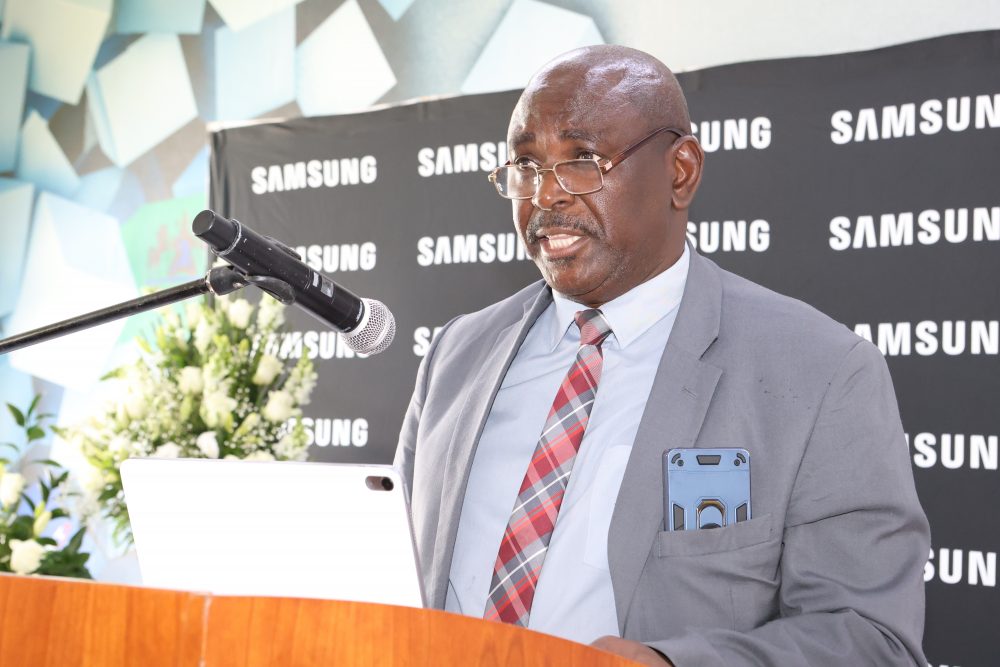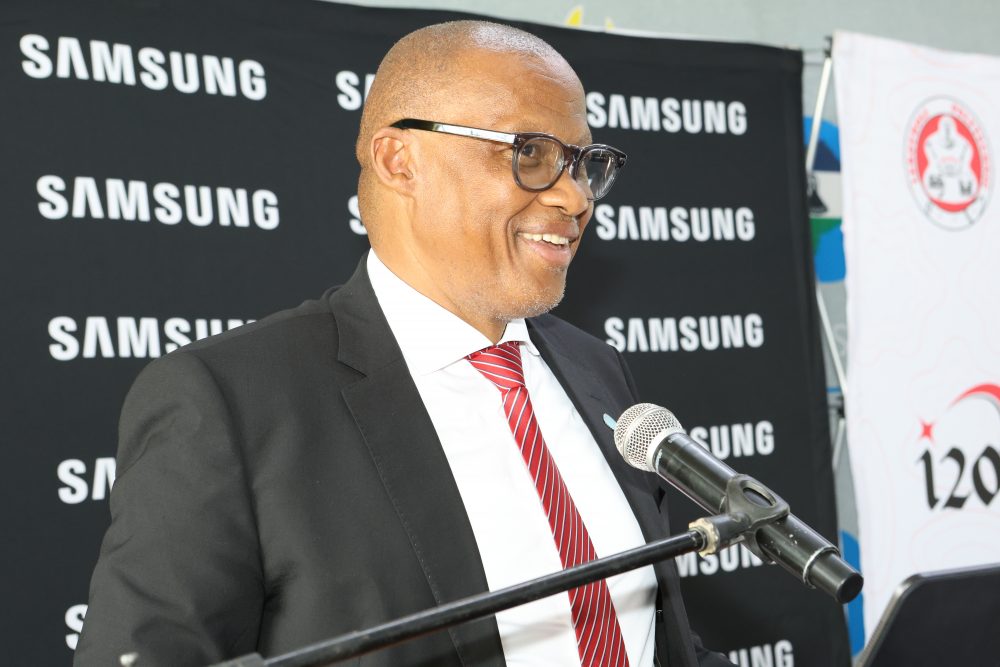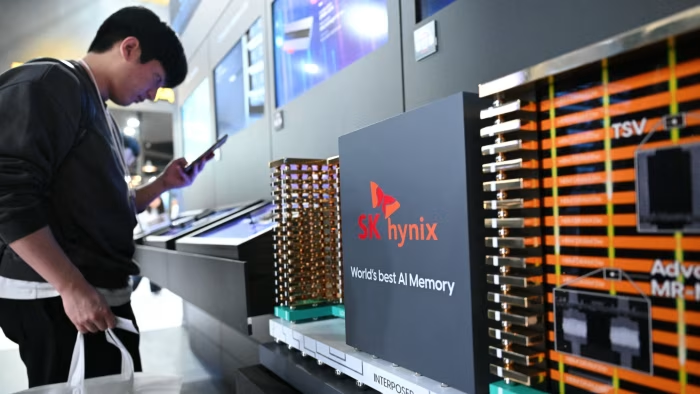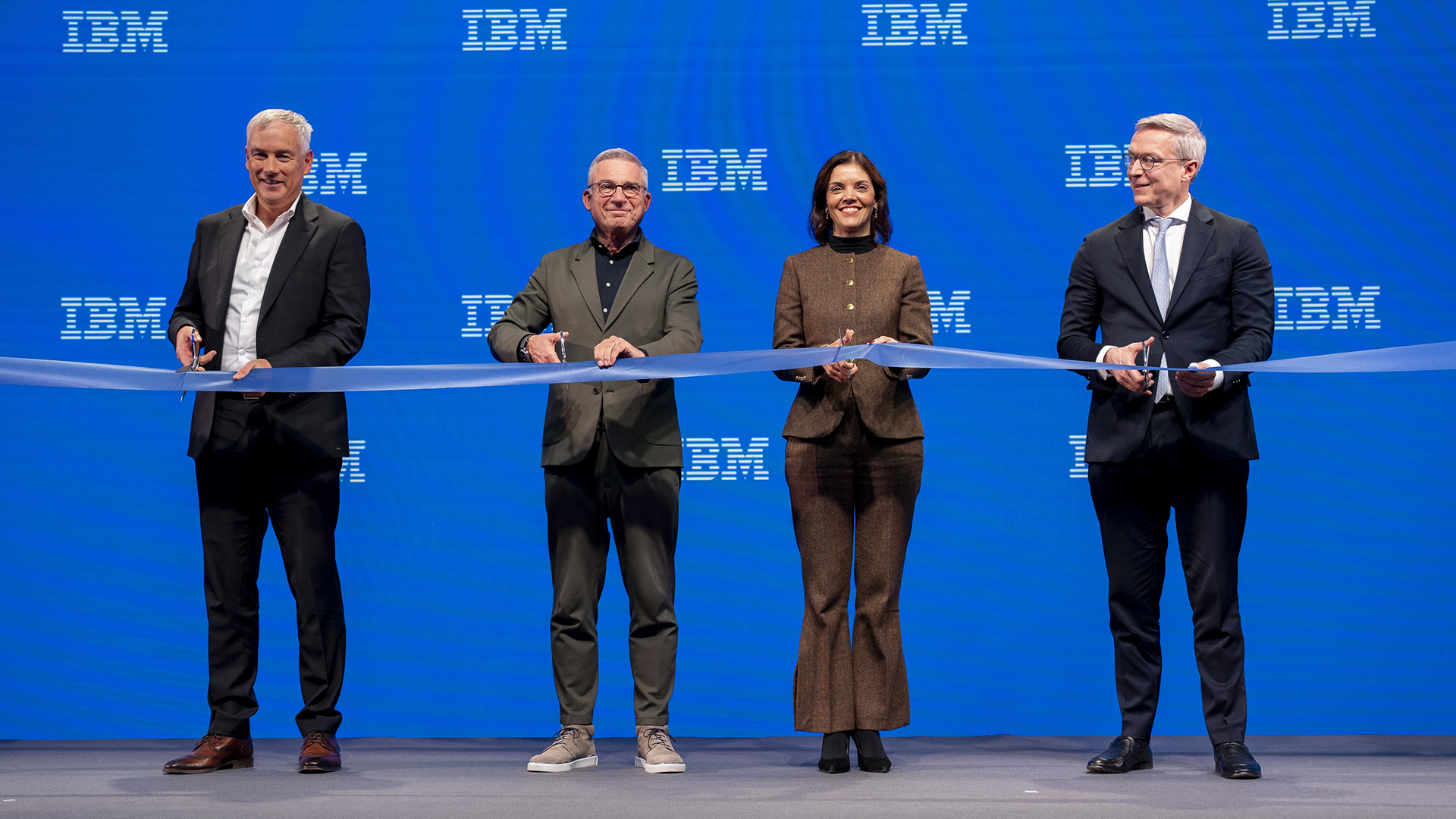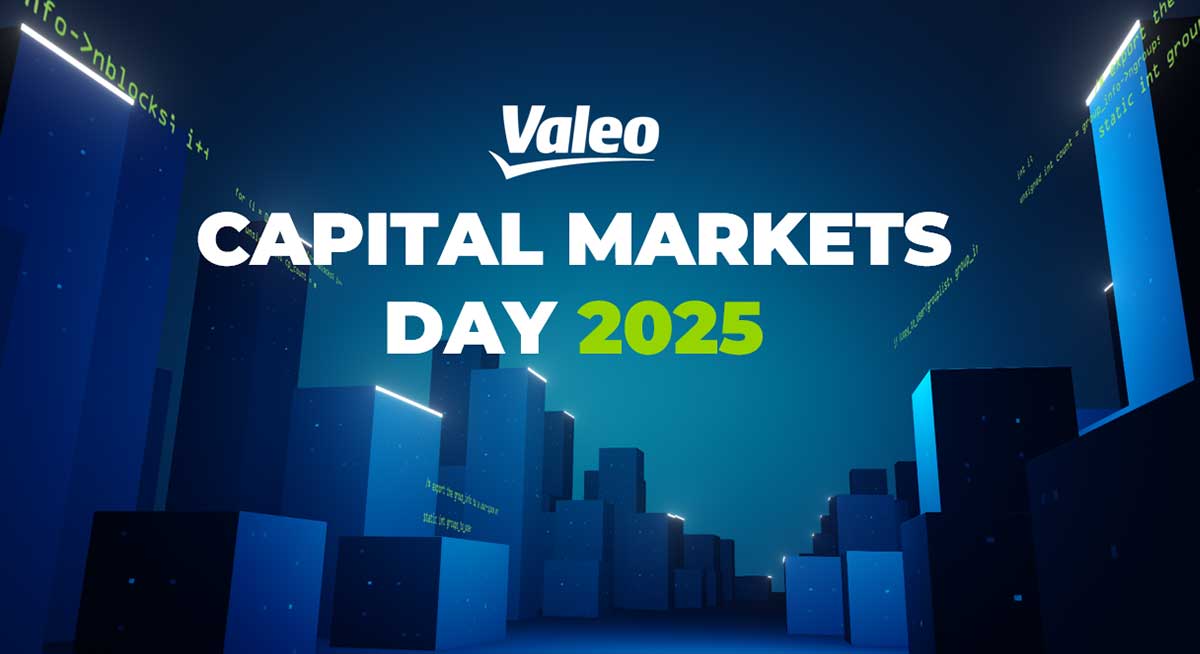by Stefano Corradin, Alessandro Fontana, Christian Kubitza and Angela Maddaloni[1]
The balance sheets of euro area insurers have become less liquid and more sensitive to market conditions. However, insurers still rely heavily on holdings of sovereign bonds – particularly domestic ones – and tend to sell these assets to fund large claims after natural disasters. Capital markets union would promote diversified bond portfolios and likely mitigate these effects.
Sleeping giants between a rock and a hard place
Euro area insurers are among the largest institutional investors in the financial system. Managing several trillion euro in assets, their total assets amount to about one-third of those of the euro area banking sector. Combined with their long-term investment perspective, this makes them key investors in both government and corporate bond markets, with a significant impact on the real economy (Kubitza, 2025).
Over the past decade, euro area insurers have faced two main challenges in the management of their financial positions. The first challenge stems from the prolonged period of low interest rates and asset purchases until 2022, which affected investment profitability. This triggered concerns about the sustainability of traditional life insurance products offering high guaranteed returns. A second challenge relates to property and casualty (P&C) insurers, which manage risks arising from natural disasters and liability events – acting as an economic first line of defence against climate-related risks. These risks are increasingly recognised as a key threat to the long-term viability of the insurance sector, raising important questions. For instance, how might natural disasters affect financial markets through insurers’ balance sheets? In Corradin, Fontana, Kubitza and Maddaloni (2025), we analyse these questions with data, focusing on the interplay between insurers and sovereign bond markets.
Hunting for yields while rates are low
Euro area insurers are among the largest institutional investors in both equity and debt securities, alongside pension funds, investment funds and banks. But their portfolios also include real estate and, in some markets, mortgage loans – varying considerably across business models and countries. Sovereign debt forms an integral part of the investment strategy of traditional life insurers and sovereign bond holdings are particularly large in countries with a small corporate bond market (Du, Fontana, Jakubik, Koijen, Shin, 2025). Government bonds typically have longer maturities than corporate bonds, aligning more closely with insurers’ long-term liabilities. The “zero risk asset” regulatory treatment[2] of euro area sovereign bonds makes them even more attractive for insurers’ balance sheets.
In recent years, insurers – particularly those in the life segment – have increased their allocations to alternative and less liquid assets, such as private debt, real estate, infrastructure and private equity. This shift reflects not only a search for yield during the prolonged low interest rate period but also a desire to diversify income sources. Life insurers are now more exposed to these assets than other insurers, with alternative investments accounting for nearly one-quarter of their total portfolios, increasing the risks to be managed. Insurers actively use derivatives to hedge various risks and repurchase agreements to manage liquidity. Nonetheless, their balance sheets have become somewhat less liquid and more sensitive to changes in market conditions.[3]
Home bias and purchase programmes
Regardless of their domicile, traditional life insurers exhibit a strong home bias in their sovereign bond holdings, i.e. they favour domestic over non-domestic issuers (see Figure 1). Home bias in sovereign bond portfolios is also a common feature observed in the banking sector. However, likely drivers for the home bias in banks’ portfolios, such as risk taking (Acharya and Steffen, 2015) or gambling for resurrection (Farhi and Tirole, 2018), are generally less applicable to the insurance sector. Moreover, financial repression (Becker and Ivashina, 2018; Ongena, Popov and Van Horen, 2019) is less prevalent according to practitioners.
Traditional life insurers offer products that combine life protection with long-term savings. A key factor behind their home bias may be annual guaranteed returns and profit-sharing mechanisms, linked to the returns on the insurer’s pooled investment portfolio. Until recently, the minimum guaranteed rates in several euro area countries, such as Germany or Italy, were based on domestic sovereign yields. Consequently, these yields serve as the natural benchmark for assessing the performance of life insurance products. Notably, this home bias also extends to other asset classes such as corporate bonds.
Our findings suggest that the Eurosystem’s quantitative easing (QE) may have amplified insurers’ exposure to domestic sovereign bonds.[4] We measure the impact of QE depending on the central bank purchases of sovereign bonds that insurers held beforehand. Our results suggest that insurers with a stronger home bias in sovereign bonds tended to increase their holdings of sovereign bonds, even as they were being purchased by the central bank (see Figure 2, upper panel). This runs counter to the traditional portfolio rebalancing channel of QE, which predicts that when yields on safer assets fall due to QE investors shift into riskier alternatives.[5]
Nonetheless, among insurers we do find a shift on average towards other investments[6] such as private credit. The holdings of these investments increase more for insurers that held more QE‑exposed assets beforehand (see Figure 2, lower panel).
Waking up to climate risks and liquidity consequences
Property insurance is the primary mechanism through which households and firms insure against damages from natural disasters. Covering risks such as floods, storms or fires, it represents one of the largest P&C business lines in the euro area, with annual premiums of around €100 billion (close to 1% of GDP).[7] We examine how euro area P&C insurers manage their liquidity in the aftermath of natural disasters.
Using detailed data on floods between 2013 and 2023, our results suggest that insurers respond to large claims primarily by selling government bonds, rather than by drawing on cash buffers or borrowing. These bond sales extend over several quarters and are concentrated in short-term securities, which are easier to liquidate without incurring large price discounts (see Figure 3). Corporate bond holdings are also sold, though to a smaller extent. This behaviour shows insurers’ reliance on liquid, high-quality assets to manage liquidity risks arising from insurance claims while maintaining overall solvency. Furthermore, in countries where insurers exhibit a stronger home bias, natural disasters are followed by temporary increases in domestic government bond yields, suggesting that localised liquidity shocks can spill over from insurance into sovereign debt markets.
These findings underscore that insurers act as liquidity users during climate-related shocks, with implications for both market functioning and sovereign financing. A high degree of home bias limits cross-border risk sharing and amplifies the impact of natural disasters on domestic bond markets.
Capital markets union could cushion the impact on sovereign bond markets
Insurers are often viewed as the sleeping giants of the financial markets: long-term, stabilising investors. However, their growing importance as financial intermediaries calls for continued monitoring and analysis, given their role in bond markets.
Enlarging their exposure to riskier and less liquid assets during the low interest rate period shored up insurers’ returns, but heightened risks to financial stability. In addition, the increasing frequency and severity of natural disasters creates pressure on insurers to maintain sufficient liquidity to meet large and unexpected claims. Our finding that insurers finance these claims by selling short-term, high‑quality bonds suggests that during stress – financial or environmental – their actions may amplify rather than dampen market volatility. Strengthening market depth and integration through the capital markets union would likely help insurers to diversify their bond portfolios and mitigate these amplification effects.
References
Acharya, V.V. and Steffen, S. (2015), “The ‘greatest’ carry trade ever? Understanding eurozone bank risks”, Journal of Financial Economics, Vol. 115, No 2, pp. 215-236.
Alfaro, L., Bahaj, S.A., Czech, R., Hazell, J. and Neamtu, I. (2024), “LASH risk and Interest Rates”, NBER Working Paper Series, No 33241.
Becker, B. and Ivashina, V. (2018), “Financial Repression in the European Sovereign Debt Crisis”, Review of Finance, Vol. 22, No 1, pp. 83-115.
Corradin, S., Fontana, A., Kubitza C. and Maddaloni, A. (2025), “Insurance companies in the euro area: Asset allocation and impact on financial markets”, ECB Discussion Papers.
Dell’Ariccia, G., Ferreira, C., Jenkinson, N., Laeven, L., Martin, A., Minoiu, C. and Popov, A. (2018), “Managing the sovereign-bank nexus”, ECB Working Paper Series, No 2177.
Damast, D., Kubitza, C. and Sørensen, J.A. (2024), “Homeowners insurance and the transmission of monetary policy”, Forthcoming ECB Working Papers.
Farhi, E. and Tirole J. (2018), “Deadly Embrace: Sovereign and Financial Balance Sheets Doom Loops”, Review of Economic Studies, Vol. 85, No 3, pp. 1781-1823.
Du, W., Fontana, A., Jakubik, P., Koijen, R.S.J. and Shin, H.S. (2025), “International portfolio frictions”, EIOPA, Occasional Research Paper.
Jansen, K.A.E., Klingler, S., Ranaldo, A. and Duijm, P. (2025), “Pension Liquidity Risk”, De Nederlandsche Bank, Working Paper.
Kubitza, C. (2025), “Investor-driven corporate finance: evidence from insurance markets”, Review of Financial Studies, Forthcoming.
Kubitza, C., Grochola, N. and Gründl, H. (2025), “Life insurance convexity”, Journal of Banking & Finance, Vol. 178, 107502.
Ongena, S., Popov, A. and Van Horen, N. (2019), “The Invisible Hand of the Government: Moral Suasion during the European Sovereign Debt Crisis”, American Economic Journal: Macroeconomics, Vol. 11, No 4, pp. 346-379.


